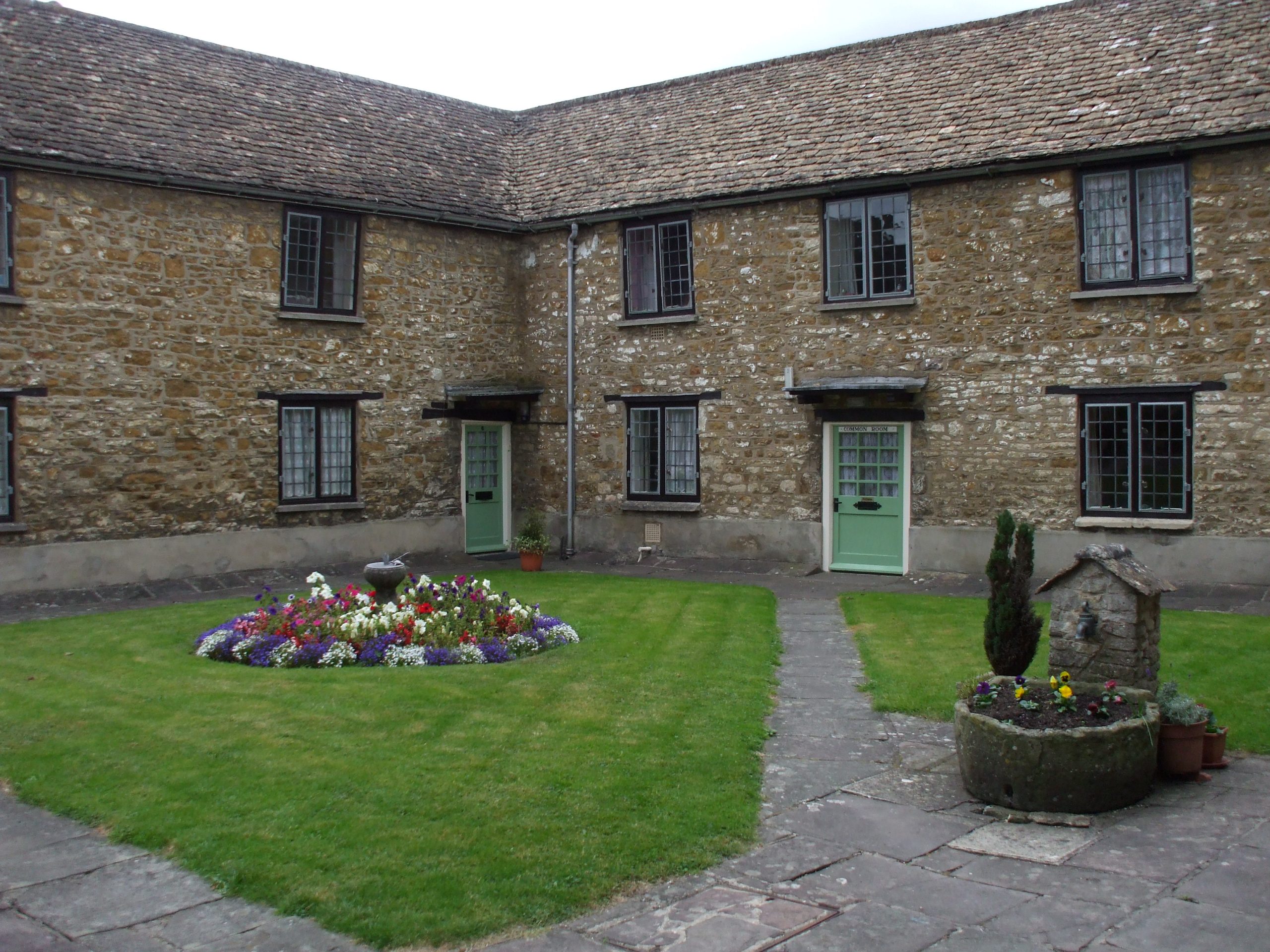How Can Social Housing Follow the Example of Almshouses?

After findings showed that residents of almshouses can benefit from an increased life expectancy, Housing Industry Leaders asks what the social housing model can learn from their example.
In a recent study by Bayes Business School, it was found that elderly almshouse residents can enjoy a longevity boost of almost two and a half years, or an extra 15% of life for those over 70.
Dating back to medieval times, almshouses are the oldest form of social housing, initially established as places of sanctuary for vulnerable people.
Today, more almshouses are being built than have been since the Victorian era, and the emphasis is still on independent living for those in need.
While many almshouse residents are elderly, Nick Phillips, CEO of the Almshouse Association, asserted that the benefits are available to all.
He said: “Younger people in society, and young families, can all benefit from this type of model.”
“I wouldn’t by any means say it should exclusively be for the elderly. It works well for the elderly, but there’s no reason why it wouldn’t work for a good mix of age groups.”
Instead of charging rent, residents pay a weekly maintenance contribution, but despite this, almshouses remain, in most cases, the most affordable form of social housing.
Providing housing to those from low socio-economic backgrounds, these charity-run residences ignite a sense of community and inclusion amongst its residents. The report attributes this as a direct contributor to the extended lifespans observed in its study.
The government should act on the study’s findings
Data was collected from 15 almshouses that primarily house those of state pension age. A contextual analysis suggested that the longevity boost observed compared to their non-almshouse-dwelling peers is due to a strong sense of community and interaction, which combats the loneliness ‘epidemic’ prominent amongst older age groups.
The report suggested that a government policy could be introduced to increase the number of almshouses.
This would also save money from other parts of the welfare budget, as those who live in social isolation may rely on hospitals due to an incapability to care for themselves. Almshouses, on the other hand, have the capacity to support residents discharged from hospital when they are physically ready.
Finally, the report called for further research into the advantages of socialising, arguing government policy could in turn maximise the benefits from all forms of sheltered housing, and play a part in the levelling up agenda.
“If we’re looking forward, these have been around for a thousand years and it seems as though they are very right for the future, and yet we are in a we’re in a society where there are some people who seem excluded from the housing model.”
Nick also pointed to lessons social housing providers can learn from the example set by almshouses, focussing primarily on the closeness of a tight-knit community that these charity organisations foster, and the benefits this can have not only on the residents, but the communities around them.
He said: “I think there’s something about the charity model, in that local people take a very personal sense of responsibility about those people who live in those charities.
“I think the small scale is important and right. Having pride in the place in which they live, the charity they’re connected to and the gentle encouragement of communication.
“If there’s a lesson to be learned, it’s much more localised. Connect local leadership from that trustee type model and small scale and not forgetting, of course, the spirit of the charity that sets it up in the first place.”

